The Smartphone Revolution Changes Everything
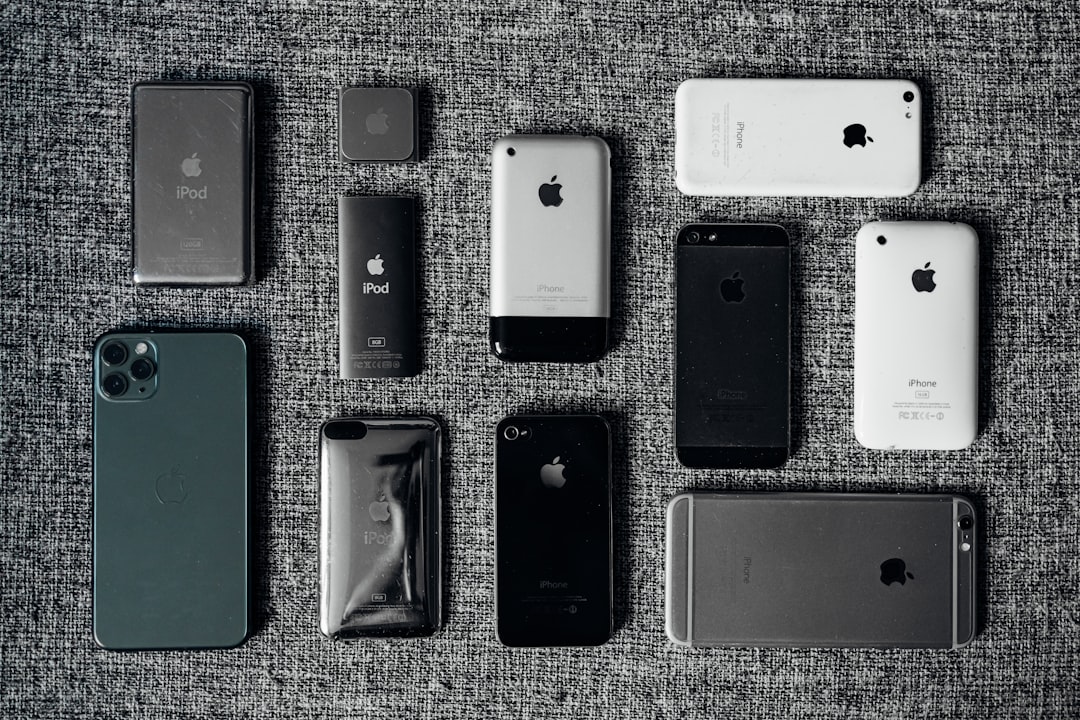
When Steve Jobs unveiled the first iPhone in 2007, nobody fully understood they were witnessing the birth of a device that would reshape human behavior globally. As of 2023, there are an estimated 1.46 billion active iPhone users worldwide, with more than 1.382 billion consumers currently using iPhones. The global smartphone market grew 7% in 2024, reaching 1.22 billion units, with the smartphone market showing growth of 7.8% in the first quarter of 2024. Think about it – your grandmother probably owns a device more powerful than the computers that sent humans to the moon. In 2023, roughly 6.92 billion people, or 85.74% of the global population, owned smartphones, and this number should rise to 7.13 billion by 2024. The iPhone didn’t just become popular; it became the invisible hand guiding billions of daily decisions worldwide.
Manufacturing Gets a Digital Brain Transplant
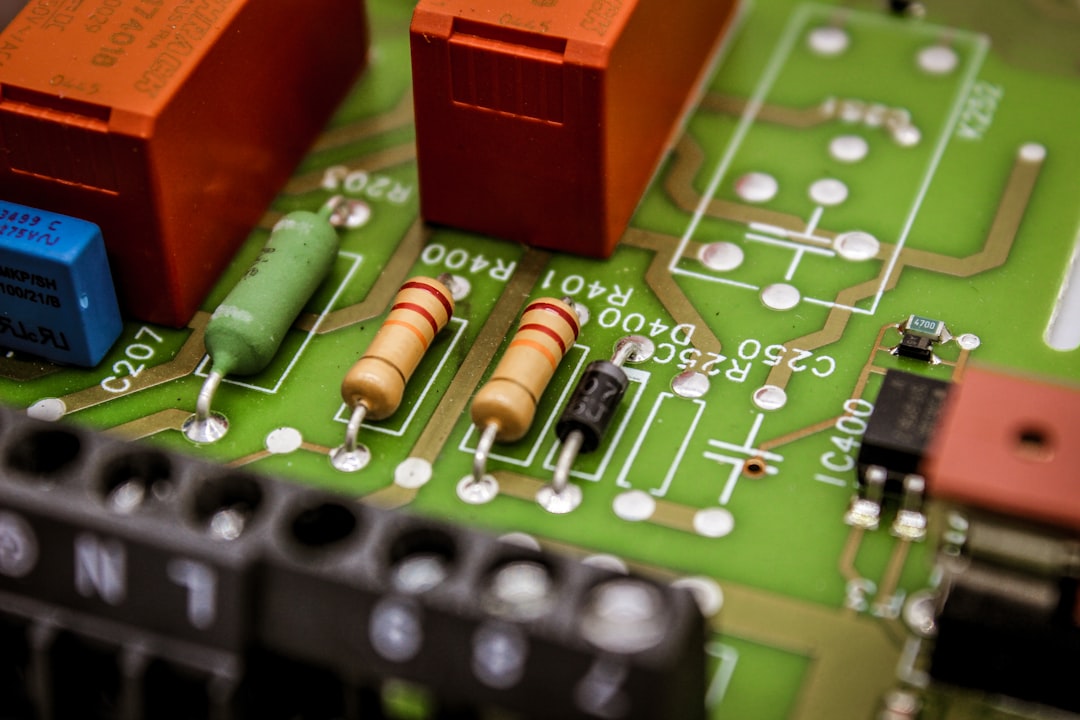
In the third quarter of 2024, manufacturers added $2.93 trillion to the economy, up from $2.91 trillion in the previous quarter, with manufacturing making up 10% of the U.S. gross domestic product during that period. What most people don’t realize is that American computer scientist Lynn Conway’s work helped speed up the development of computer chips, while Chuck Hull’s invention of the first 3D printer in 1984 enabled further innovations that are still rippling through industries today. According to the U.S. Department of Defense, manufacturing is the main driver of innovation in the U.S., responsible for 55% of all patents, with manufacturing companies performing $326 billion – or 54% – of all domestic research and development in 2021. It’s like giving every factory a supercomputer brain that never sleeps, never makes mistakes, and constantly learns new tricks. The hidden truth is that American manufacturing innovations didn’t just change how we make things – they changed what we can imagine making.
Immigrant Inventors Fuel the Innovation Engine
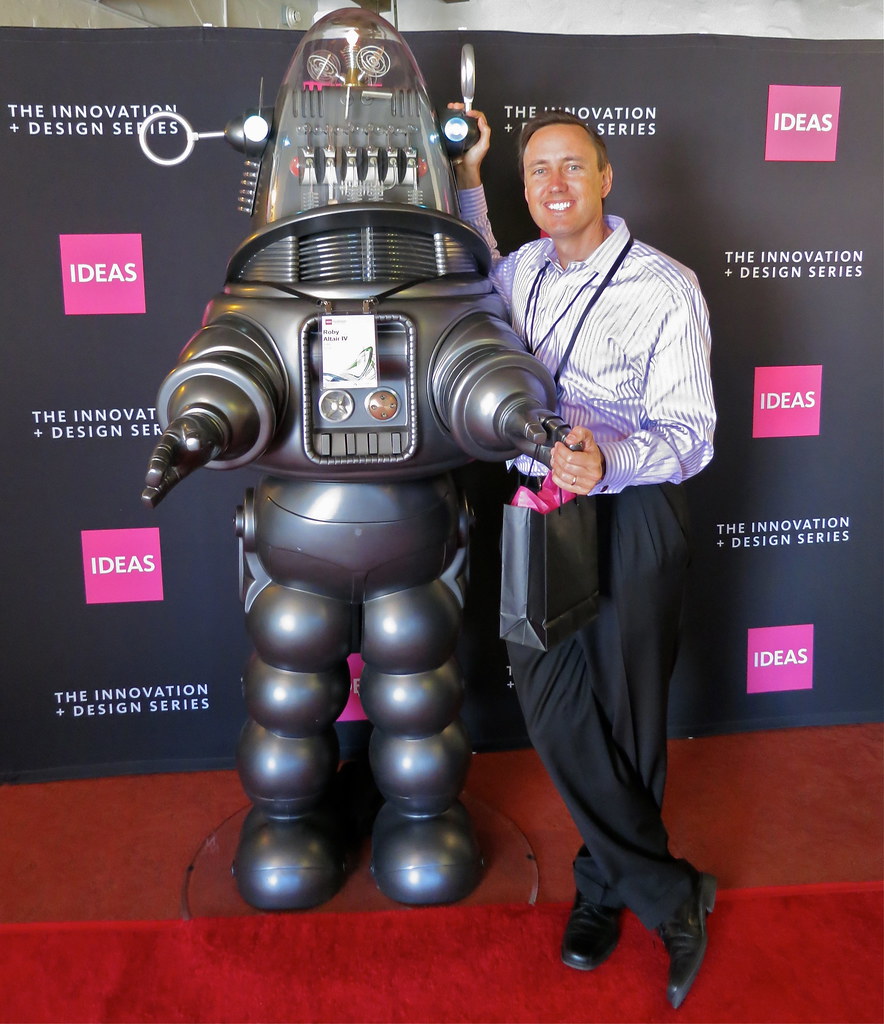
Here’s something that might surprise you: America’s greatest secret weapon isn’t any single invention, but the inventors themselves. While accounting for just 16 percent of all US-based inventors, immigrant inventors produce nearly a quarter of total innovation output as gauged by the number of patents and patent citations and the economic value of the patents. These aren’t just statistics – they represent real people who came to America with nothing but ideas and transformed entire industries. Contrary to concerns that language and cultural barriers isolate immigrant inventors, immigrants have more collaborators on average than native inventors, with their initial patents more likely to reflect joint work with other immigrants, but that pattern decays as they assimilate. Think of it like a global talent magnet that doesn’t just attract brilliant minds, but creates the perfect conditions for them to collaborate and innovate in ways they never could have alone.
The Internet Started as Cold War Paranoia
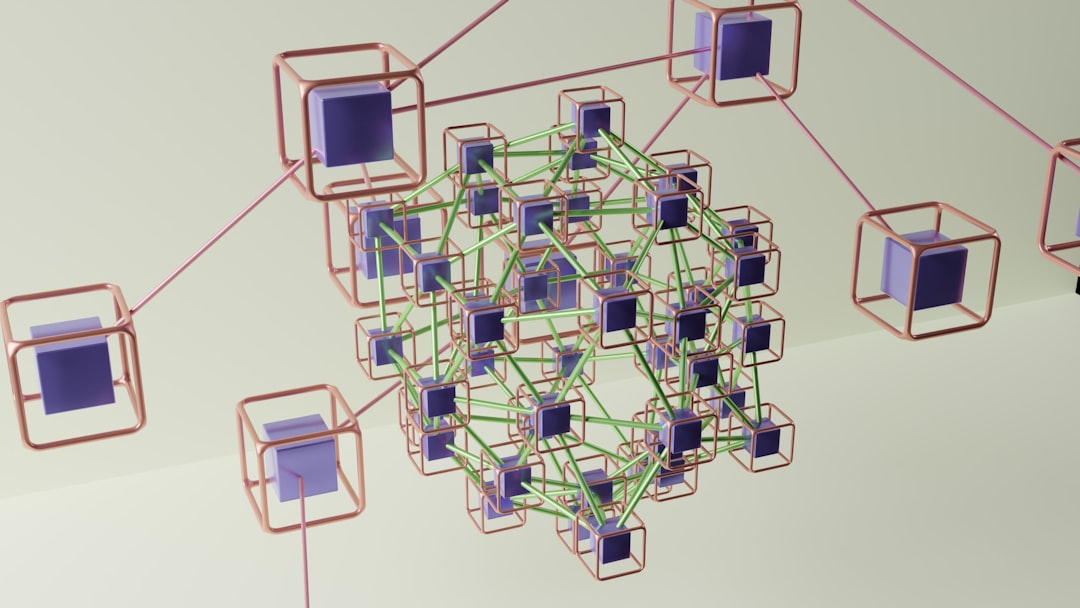
The ARPANET was established by the Advanced Research Projects Agency (now DARPA) of the United States Department of Defense, with Bob Taylor initiating the ARPANET project in 1966 to enable resource sharing between remote computers. What began as a military project to survive nuclear attacks became the foundation of how humanity communicates today. By January 2021, there are 4.66 billion people connected to the internet, which is more than half of the global population. It began as ARPANET, a network conceived in the shadow of the Cold War, with its core architecture of decentralization and packet switching designed for a single purpose: to survive a catastrophic attack, but this foundational resilience proved to be its greatest asset, allowing it to evolve far beyond its original mandate. The irony is beautiful – a system designed to survive the end of the world instead connected it.
Email Accidentally Becomes Humanity’s Digital Nervous System

Ray Tomlinson probably had no idea that choosing the “@” symbol would become one of the most recognized characters in human history. Email was invented by Ray Tomlinson, who introduced the “@” symbol to separate user names from computer names, and email rapidly became the ARPANET’s most popular service. While the network was initially conceived for sharing expensive computing resources, its most profound early impact was on human communication, with a programmer at BBN named Ray Tomlinson writing the first email program in 1971, and the application was an instant success within the ARPANET community. What’s fascinating is that the creators built ARPANET to share computer resources, but users immediately hijacked it for something much more human – talking to each other. While its official purpose was to connect machines, its true “killer app” was connecting the people who used those machines, with mailing lists creating virtual discussion groups following almost immediately. This pattern would repeat throughout the Internet’s history: the most transformative uses are often social and emergent, discovered by users rather than planned by engineers.
GPS Becomes a Trillion-Dollar Invisible Utility
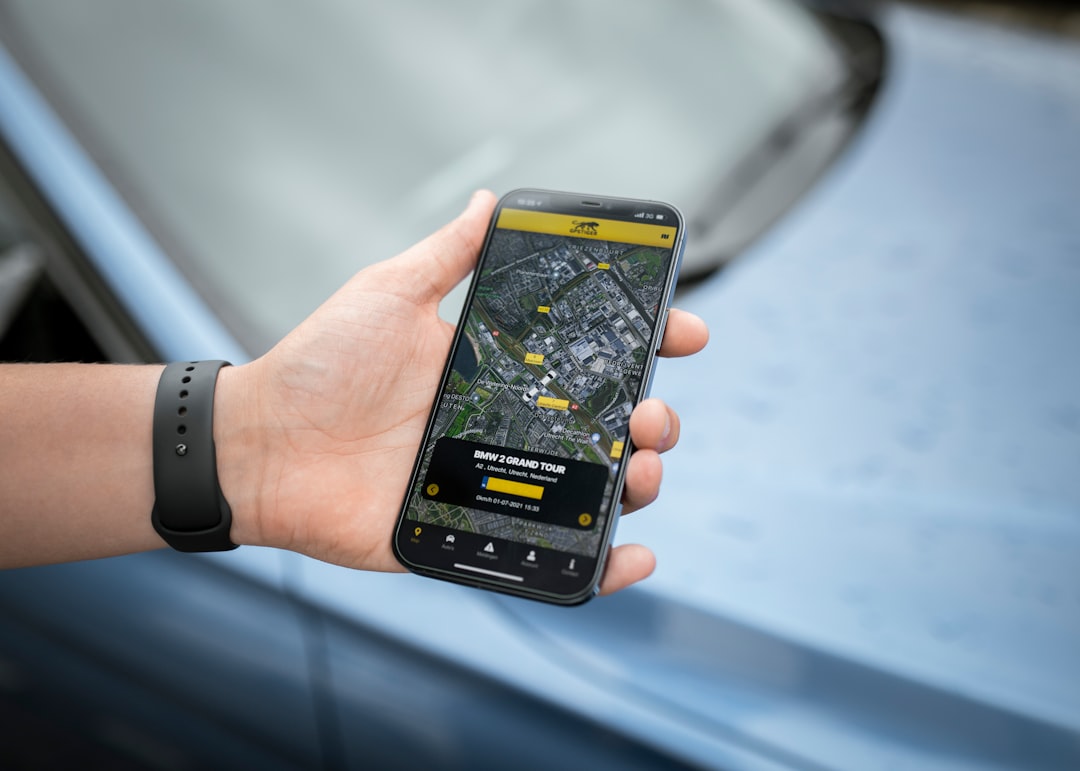
GPS has generated $1.4 trillion that U.S. private sector industries have gained in economic benefits since it was made available to the private sector in the 1980s. Developed half a century ago for the military, GPS is now used daily by more than seven billion devices worldwide, inside your phone, inside your car, and in the cockpit of every airliner, and GPS is also the ultra-precise clock by which the stock market times every trade, the power grid synchronizes generating stations, cell phones operate, and supplies get delivered to stores or your house. Most people think GPS just helps them avoid getting lost, but it’s actually the invisible timing heartbeat of modern civilization. The potential cost of such an event to the U.S. economy is estimated at $1 billion per day, with it estimated that the loss of GPS service would have a $1 billion per-day impact. After its initial release, the economic impact of GPS grew slowly until 2010, with 90 percent of the $1.4 trillion measured having accrued since that year, mostly due to GPS enabling high-speed wireless communications networks.
Light Bulbs Create the 24-Hour Economy

Thomas Edison’s invention of the practical electric light bulb was a defining moment in the history of technology, and before the light bulb, people relied on candles and gas lamps for illumination, with Edison’s innovation bringing artificial lighting into homes, workplaces, and streets, extending the hours of productivity and leisure, and his invention transformed society, enabling a 24-hour lifestyle and fostering economic growth. What Edison really invented wasn’t just illumination – he invented time itself, or at least our modern relationship with it. Before electric lights, human activity was largely dictated by the rhythm of the sun, but suddenly factories could run night shifts, people could work and socialize after dark, and entire industries sprang up around the idea that business never had to stop. American inventions have left an enduring legacy, shaping the course of history and paving the way for future innovations, transforming societies, economies, and cultures, influencing how we live, work, and interact with the world. Think about how many aspects of modern life – from late-night restaurants to global stock markets operating across time zones – trace back to Edison’s simple idea of making artificial light practical and affordable.
The Sewing Machine Rewrites Fashion and Labor
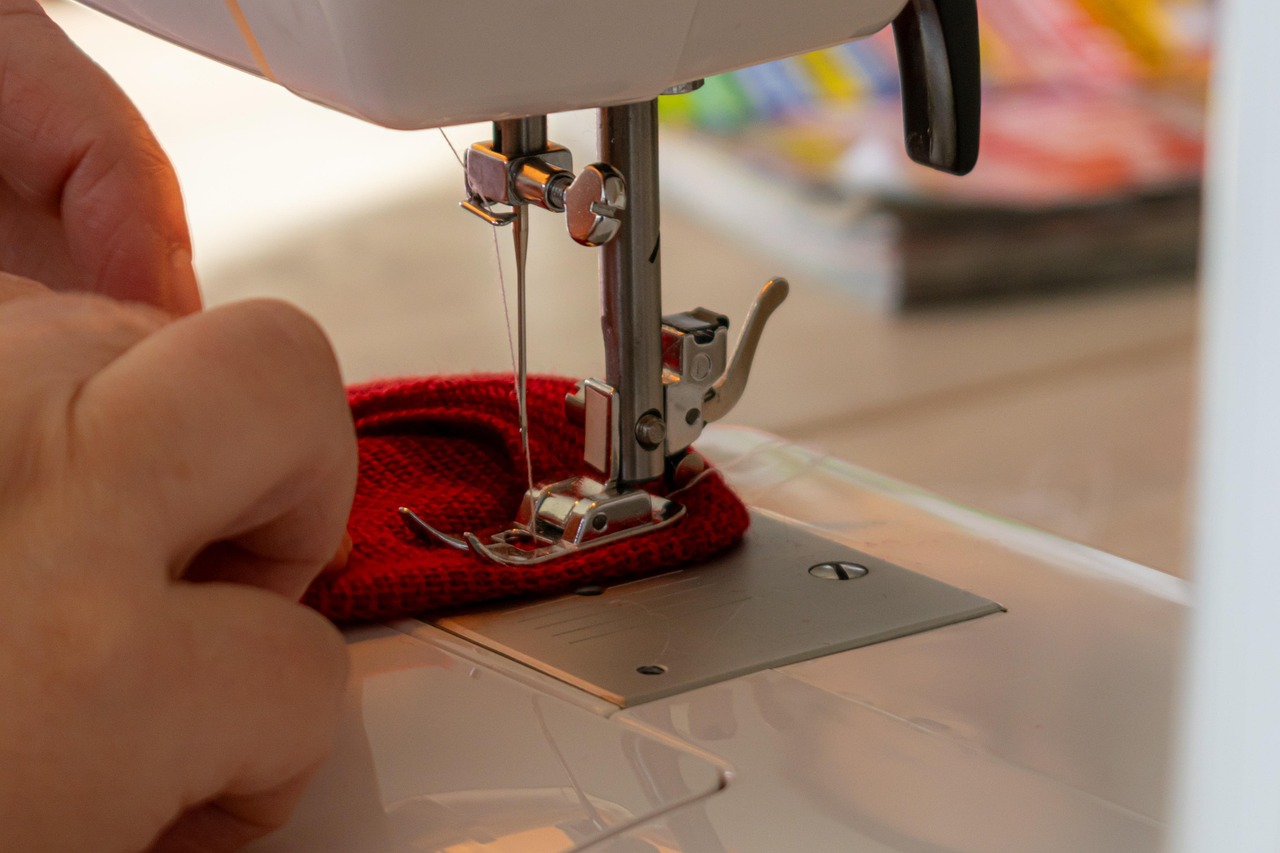
The lock stitch sewing machine’s impact extended beyond the textile industry, transforming the way goods were manufactured, contributing to the rise of factories and assembly lines, and by streamlining production, this invention played a crucial role in the Industrial Revolution and laid the groundwork for modern manufacturing practices. What started as a way to make stitching faster became the foundation of fast fashion, mass production, and the modern clothing industry. The sewing machine didn’t just change how clothes were made – it changed who could afford them and how quickly fashion trends could spread around the world. The sewing machine’s legacy continues to influence the fashion and textile industries today. Before the sewing machine, a dress might take weeks to complete by hand; after it, clothing became democratized in a way that fundamentally altered class distinctions and personal expression.
Patent Protection Creates the Innovation Economy
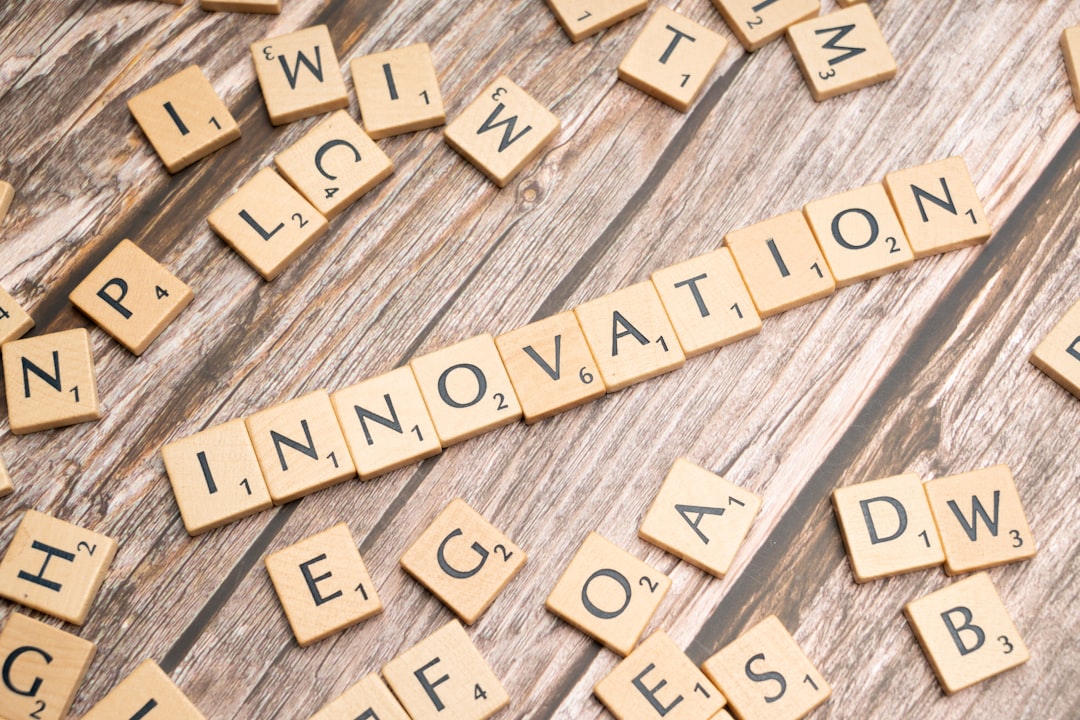
According to the U.S. Department of Defense, manufacturing is the main driver of innovation in the U.S., responsible for 55% of all patents. But what makes America’s patent system so powerful isn’t just the number of patents – it’s how the system itself became an invention that other countries copied and adapted. The American approach to intellectual property protection created an environment where inventors knew their ideas would be protected, which encouraged the risk-taking that leads to breakthrough innovations. Immigrant inventors are key contributors to innovation in the United States, both through their direct productivity and through the spillover effects of their work with native-born collaborators, while accounting for just 16 percent of all US-based inventors, immigrant inventors produce nearly a quarter of total innovation output. It’s like creating a legal framework that turns ideas into valuable property, which then attracts the world’s best minds to come to America to turn their thoughts into fortunes.
The Personal Computer Democratizes Information Power

The invention of the personal computer (PC) revolutionized how we work, learn, and communicate, with visionaries like Steve Jobs and Bill Gates playing pivotal roles in making computers accessible to the masses, and the PC transformed the way we access information, perform tasks, and connect with others, becoming an essential tool in both personal and professional settings. The personal computer’s impact extends beyond individual use, driving economic growth, innovation, and productivity across industries. What’s remarkable is how the PC didn’t just make computing available to everyone – it fundamentally changed the relationship between individuals and information. Before personal computers, information was controlled by institutions; after them, a kid in a garage could access the same data as a Fortune 500 company. American computer scientist Lynn Conway’s work helped speed up the development of computer chips, and Chuck Hull’s invention of the first 3D printer in 1984 enabled further innovations, with American innovation continuing to improve manufacturing in the 21st century, making it faster, stronger, and smarter.
Medical Breakthroughs Export American Health Globally

The polio vaccine’s success marked a turning point in public health, demonstrating the power of vaccination in preventing infectious diseases, with Salk’s work laying the foundation for future vaccine development, contributing to the eradication of diseases and improving global health outcomes, and his legacy continuing to inspire medical research and innovation. Jonas Salk’s decision to not patent the polio vaccine might have cost him millions personally, but it saved millions of lives globally and established America’s role as a leader in medical innovation that serves humanity rather than just profit. What makes American medical inventions particularly influential is how they’ve shaped global health policy and international cooperation around disease prevention. The ripple effects of American medical breakthroughs don’t just save lives – they create entire international systems of health cooperation and establish America as the world’s go-to source for medical innovation during global health crises.
Space Technology Transforms Everyday Life
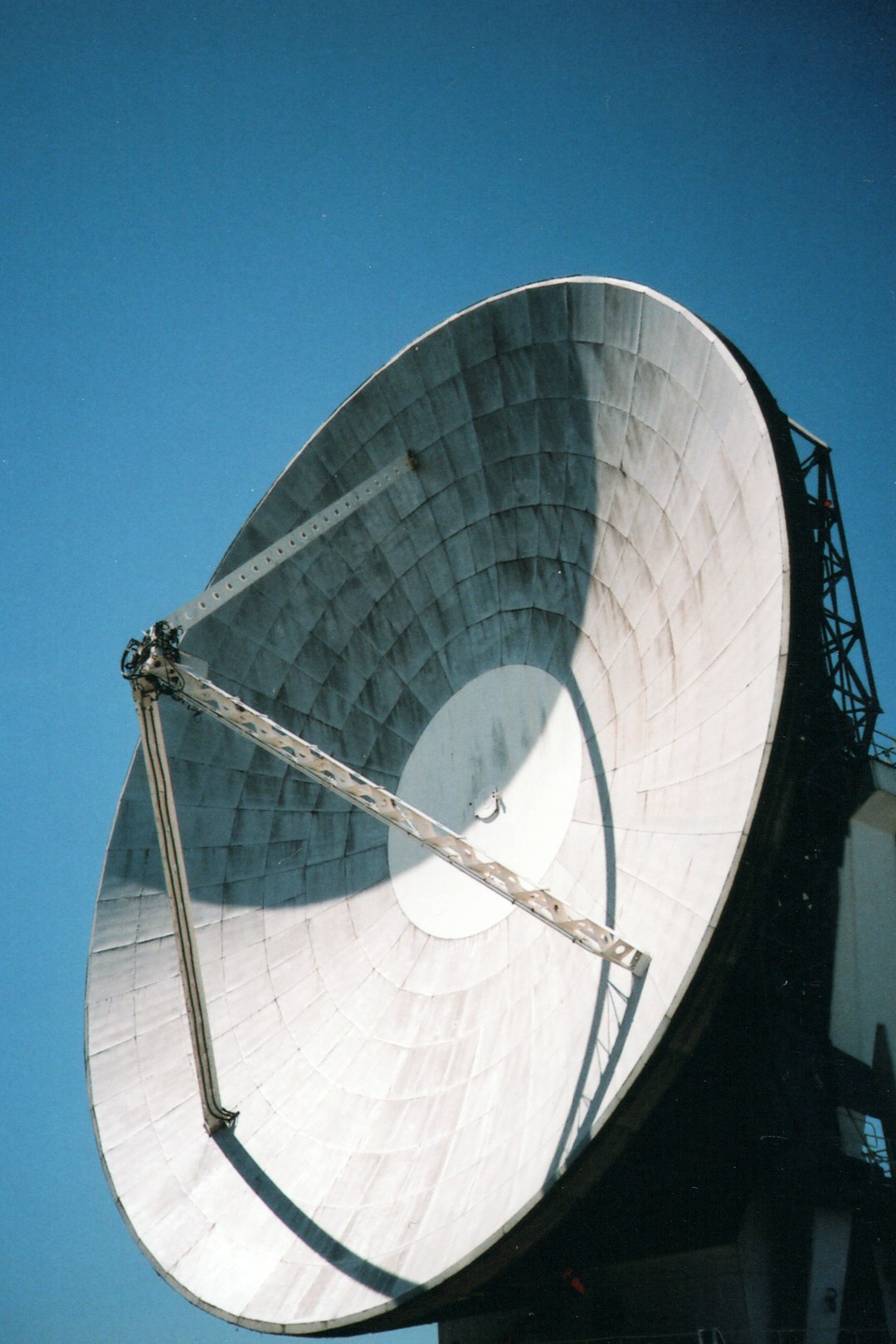
The Internet’s foundational architectural principles—decentralization, packet-based communication, and protocol-driven interoperability—have proven so robust and adaptable that they are being reapplied to solve the challenges of communication in and from space, creating a powerful symbiotic relationship where space-based assets are enabling a more resilient and truly global internet, capable of connecting the most remote corners of the Earth, while simultaneously, internet technologies are providing the essential backbone for the burgeoning space economy, from controlling robotic explorers on other planets to processing the vast streams of data that are becoming one of space’s most valuable commodities. Low-Earth orbit satellite internet is closer to reality, with SpaceX launching more than 1,900 Starlink satellites overall by early January 2022, and the constellation now providing broadband service in select areas around the world. The hidden story is how American space technology, originally designed for moon landings and satellite communications, quietly infiltrated every aspect of daily life through GPS navigation, weather forecasting, and global communications. What started as a Cold War competition to reach space became the invisible infrastructure that makes modern life possible.
The Innovation Ecosystem Becomes America’s Greatest Export
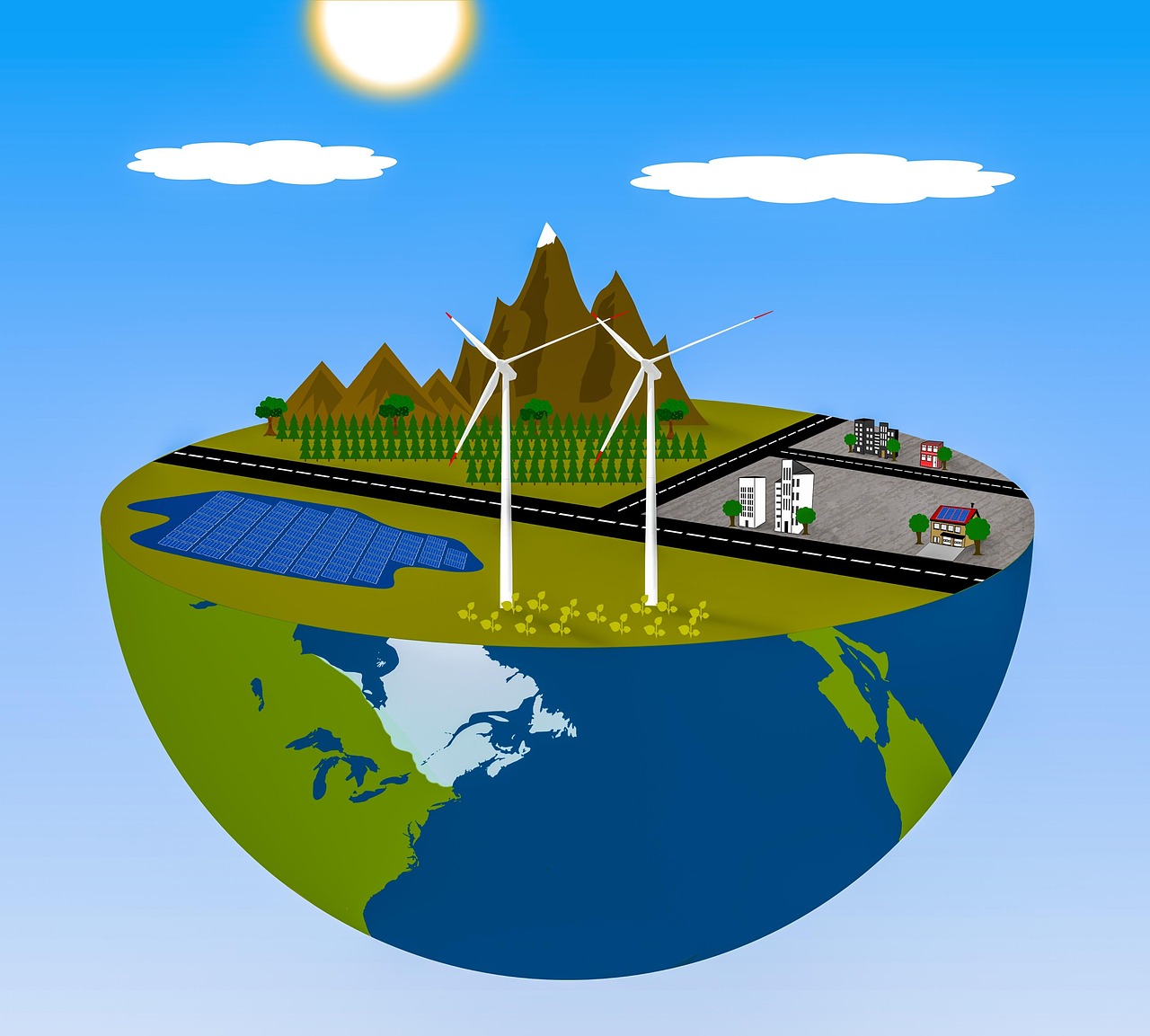
This year, TIME Best Inventions 2025 is expanding the number of honorees to three hundred (300) to reflect the accelerating pace of global innovation, with TIME committed to recognizing a wide range of transformative ideas, technologies, and breakthroughs shaping our future. What America really invented wasn’t just individual gadgets and technologies – it was the entire ecosystem that creates, protects, funds, and scales innovations. The legacy of American inventions is not just about technology and progress but is also a testament to the power of creativity, determination, and the human spirit, showing us that with vision and perseverance, we can overcome challenges and create a better future, and they remind us of the importance of fostering an environment that encourages innovation and supports the pursuit of knowledge. This ecosystem includes venture capital, patent protection, research universities, and a culture that celebrates risk-taking and entrepreneurship. None of this growth would have been possible if the U.S. government had not made this world-changing technology freely available for private use. Countries around the world now try to replicate Silicon Valley, but they’re really trying to copy an entire cultural and economic system that turns crazy ideas into world-changing realities.



